Guaviare River Report Card Workshop
Alexandra Fries ·This blog is part of the Basin Report Card Initiative: a partnership between the World Wildlife Fund (WWF) and the University of Maryland Center for Environmental Science (UMCES)
On September 21st, 2015, Simon Costanzo and I traveled to San Jose de Guaviare, Colombia for the Guaviare River Report Card Workshop. This was the third workshop in Colombia to develop report cards for three tributaries of the Orinoco River. Along with Simon, Sarah Freeman, Catherine Blancard, and Michele Thieme from the WWF office in Washington DC, also participated in the meeting. The first afternoon of meetings we went over background information and had introductory presentations by stakeholders working in the region.


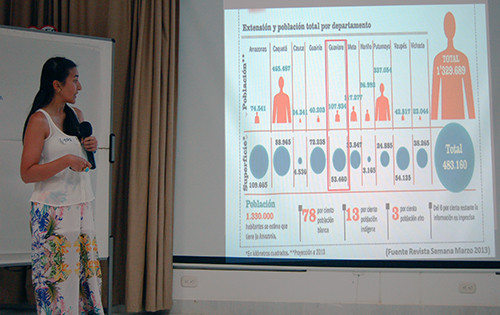
The first evening, we also did several activities where the participants spoke about important resources in the region. These included the flower of Guaviare, Moriche (palm), jaguar, and fish.

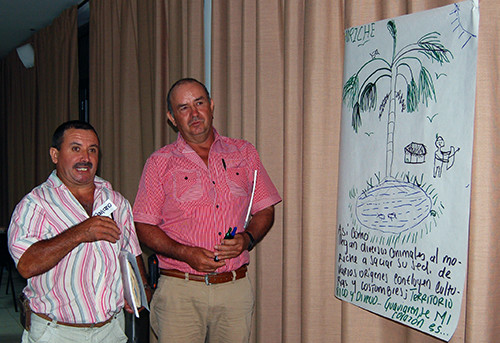
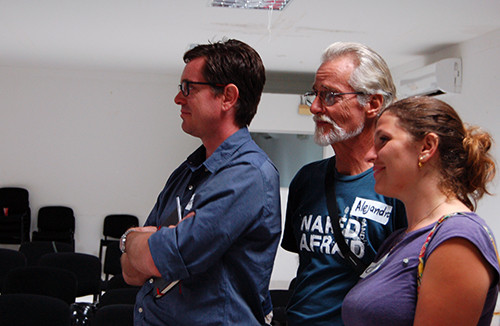
The second day of the workshop began with a presentation by Simon discussing the report card process and methodology. Afterwards, the entire group brainstormed the values and threats to the Guaviare River Basin. After all the possible values and threats were determined, the group voted on the most important ones to focus on for the Guaviare River.
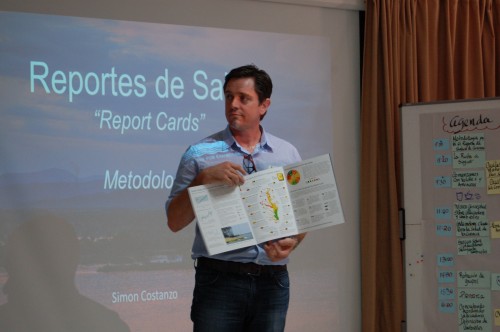
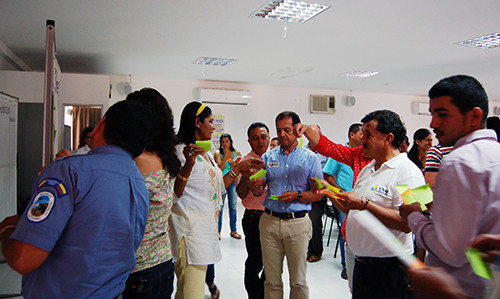
The first day ended with discussion of the indicators to use in the Guaviare River Report Card. The participants broke up into groups to brainstorm indicators based on specific values and threats of the basin.
The next morning, we woke up early (4am!) to go on a field visit before the last day of the workshop. The area we visited was called Ciudad de Piedra (City of Rocks). These rock formations are symmetrical rectangles that form what seem to be city walls, with streets in between.
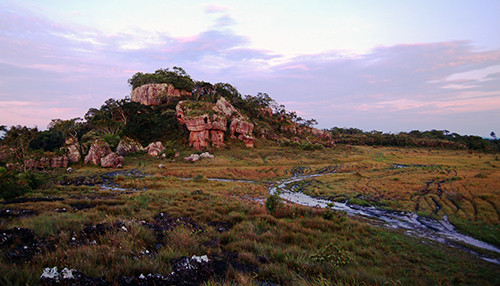
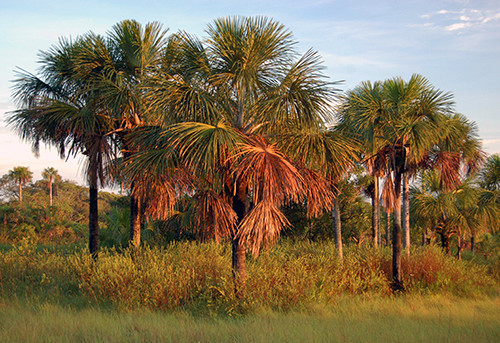
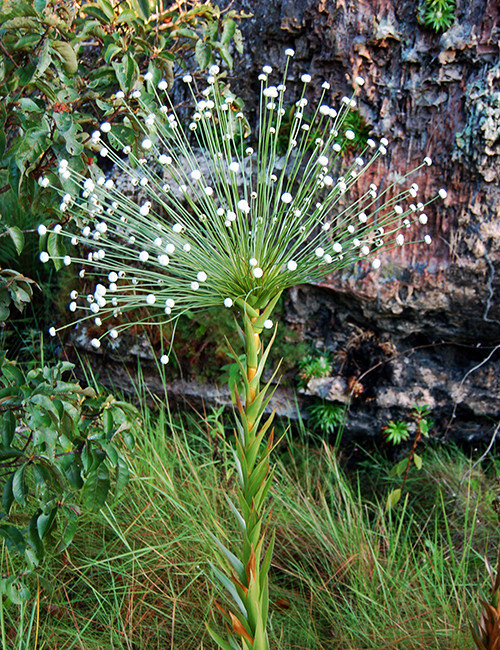
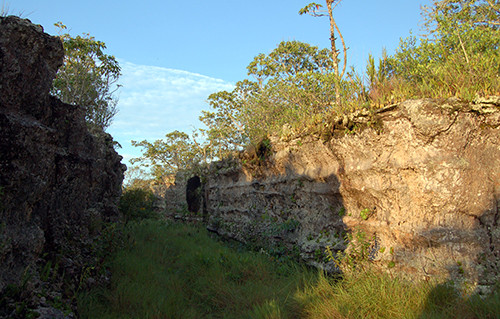
After our field trip we wrapped up the workshop with picking the final indicators, discussing who had the data, and who would be part of the smaller working groups to establish the indicator thresholds and scoring. We also went over the communications plan, the draft report card, and the draft newsletter from the workshop.
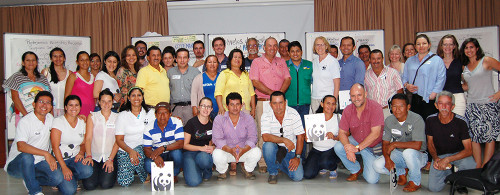
Most unusually for this workshop, we ended before seeing the Guaviare River! After finishing the workshop, we drove downtown and watched the sunset over the river.
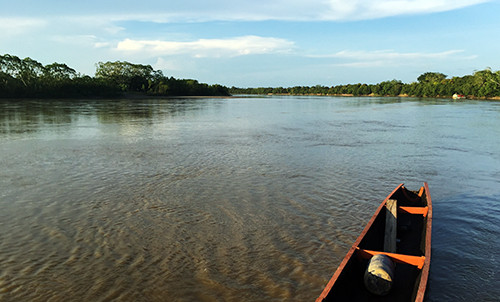
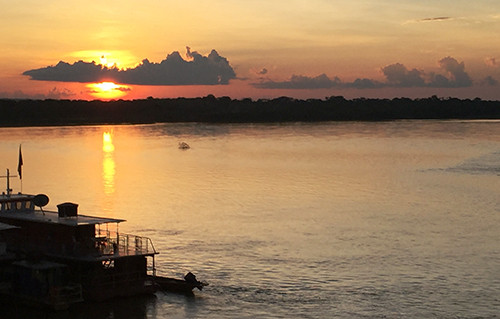
About the author
Alexandra Fries

Alexandra is a Program Manager at the Integration and Application Network (IAN) based at the University of Maryland Center for Environmental Science in Annapolis MD. Alexandra’s work in environmental management has been focused on assessment, monitoring, and management of aquatic, marine, and terrestrial ecosystems. Alexandra has extensive experience in data analysis, synthesis, mapping, interpretation, and communication. Alexandra has experience working with a diverse group of partners including those in local, state, and federal government, non-governmental organizations, non-profit organizations, private industry, and academia. Within IAN, Alexandra conducts data analysis, synthesis, and communication by completing environmental report cards, updating the IAN website, and conducting science communication courses. Alexandra also creates science communication materials such as diagrams, posters, presentations, newsletters, and reports using Adobe Creative Suite, Microsoft Office Suite, and ArcGIS. Alexandra has experience managing projects and staff on local and international projects, liaising directly with partners and colleagues, and providing insights on project direction and goals.